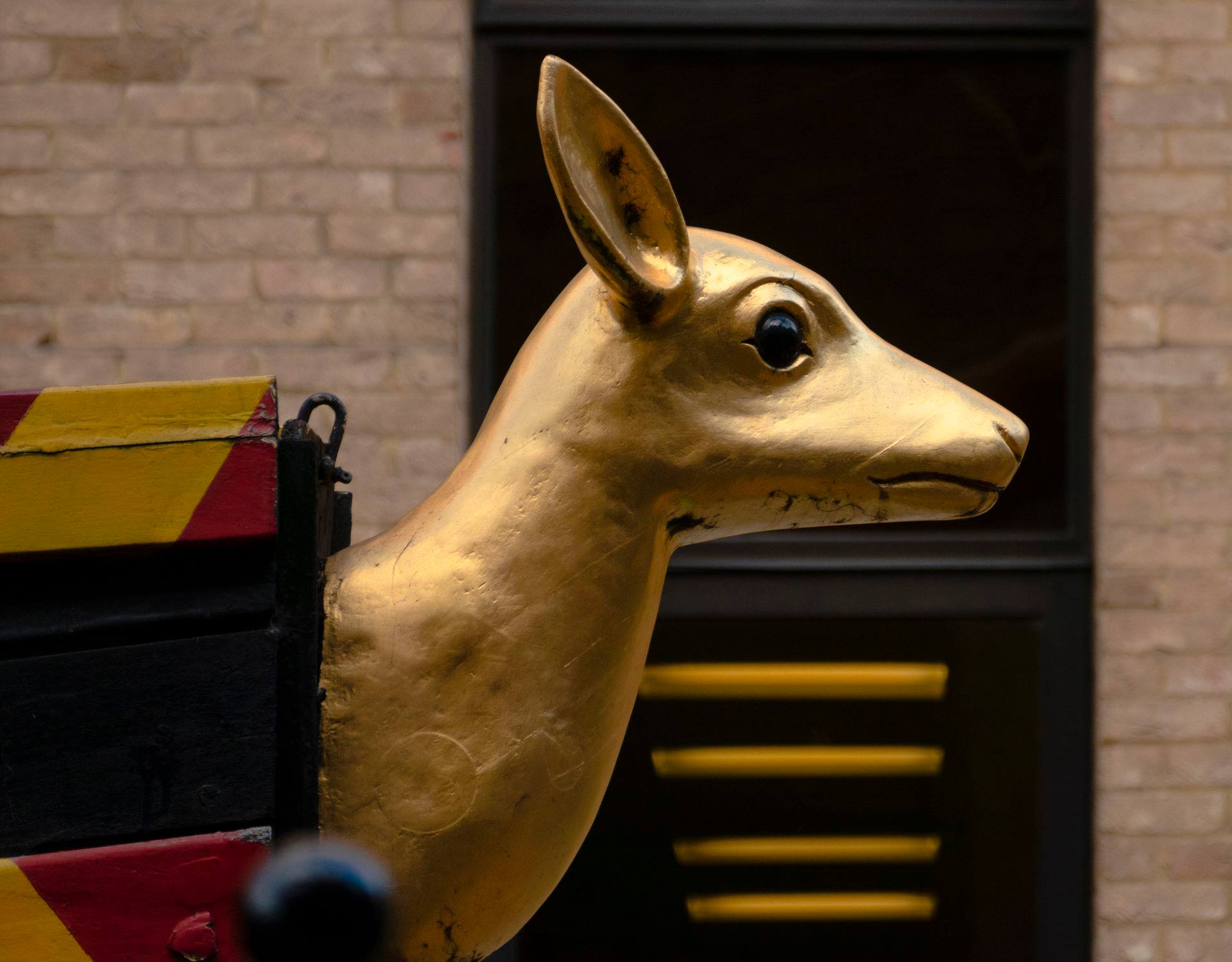A Tudor Guide. Avoiding Bad Luck at Sea.
Halloween looked very different in Tudor times. It was believed that on All Hallows Eve (Halloween) barriers between the living and the dead were weakened and departed souls could walk the earth. To ward off these spirits, churches rang their bells and priests would make house calls to protect homes from malevolent beings.
 |
1.Keep women off ships
Women were thought to distract the crew from their duties, and the angry sea would take revenge through bad weather or dangerous waves. Figureheads were exempt from this rule. Figureheads of women, particularly naked women, were thought to calm storms. So many figureheads were in the style of naked women.
There are records of a woman aboard the Golden Hinde though. A woman named Maria was brought aboard in April 1579 when Drake and his crew attacked the Spanish ship on which she was enslaved. She was later “set on a small island” near modern day Indonesia.
2.Break egg shells
The tendency to smash egg shells dates back to the Roman Empire where eggs were linked to witches. At the time that the Golden Hinde sailed, it was commonly believed that witches would “sail in an egg shell” and conjure storms to sink ships. To avoid witches, sailors would either crush their eggshells or ban them aboard. This superstition persists today, with some sailors only referring to eggs as “roundabouts”.
Chickens were some of the most valuable animals aboard the Golden Hinde, as they offered meat, feathers, and eggs. The shells would likely have been immediately destroyed.
3.Do not wash
Washing, trimming your nails, cutting your hair, or shaving was believed to invite bad luck, particularly aboard a ship. Sailors were not the only people to uphold these ideas of hygiene; Queen Elizabeth I washed four times a year, and that was considered excessive.
Poor hygiene contributed to high rates of sickness, particularly dysentery. Passed through fecal matter and unclean water, dysentery was common and claimed the lives of many sailors, including Sir Francis Drake.
 |
4.Do not change the name of your ship
Once named, ships were believed to develop a life, mind and reputation - good or bad - of their own. According to legend, the names were put into Poseidon’s “Ledger of the Deep” so that he could keep track of them. A sudden name change signified a captain’s arrogance to attempt to sneak past the gods. Multiple captains renaming their ships only to be lost to the waves are legendary.
If a captain wanted to avoid angering the god of the sea a de-naming ceremony would be conducted before renaming the ship.
When the Golden Hinde originally set sail in 1577, she did so under the name “The Pelican”. After the mutiny and execution of officer Thomas Doughty in Port St. Julian in Patagonia, Drake changed the ship’s name to the Golden Hinde. This was intended to appease Doughty’s kinsman and voyage sponsor Christopher Hatton, as his family crest included a golden deer.
 |
5.Touch wood
When the Golden Hinde sailed, gravity was not discovered. Scientific enterprises were often considered alchemy, or witchcraft at worst. If a sailor fell when climbing the rigging, gravity was not to blame. It was thought to be departed souls trapped in the rigging that pushed them to their death. To protect themselves from these souls, sailors would rub on of the two wooden carved heads on the main deck for luck before climbing the rigging. This may be where the modern expression “touch wood” originates.
The current crew of The Golden Hinde can sometimes be seen rubbing one of these heads for luck as they walk round the ship.

